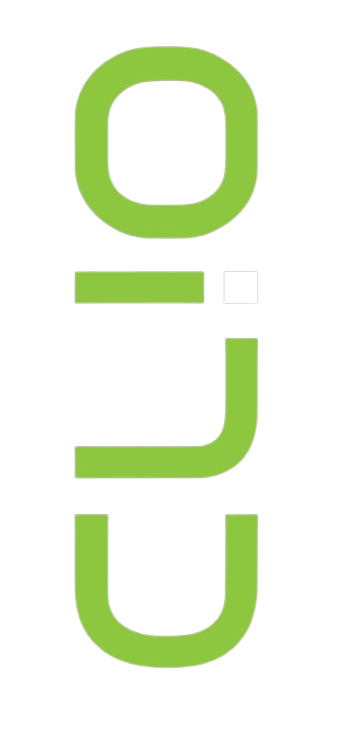
123 Creative Lane London, SW1A 1AA United Kingdom
123 Creative Lane London, SW1A 1AA United Kingdom

If you’re looking to build awareness among a large audience, social media is the ideal platform to target.
On average, the current generation spends over 2 hours daily on social media and video-sharing platforms like Instagram, YouTube, Facebook, X, Threads, and TikTok.
Leveraging these platforms to promote products or services has become more crucial than ever.

We use advanced tools to analyze, develop and report social media for you
01
Building awareness to the target audience is first stage. Brand should create a trust through building continues impressions in the feed.


02
Interacting with Audience or a regular basis with interested content, audience post liking, Send service offering to the client through direct messages.
03
Target clients with offers and post of product and service with CTA button for quick conversions

Right platform for social media depends on the product/service you offer and target customers. It’s better to maintain visibility across multiple platforms, as each platform holds its own level of customer base. Content development also needs to align with the platform you select to ensure maximum engagement and conversions.
With over 3 billion monthly users, Facebook is a powerhouse for conversions, especially for B2C businesses. Its advanced targeting options, dynamic ads, and lead generation forms make it easy to reach specific audiences. Whether you’re selling products or services, Facebook allows you to drive website traffic, collect leads, and retarget interested users effectively.
For visually appealing products like fashion, food, beauty, and travel, Instagram is unmatched. Features like Shoppable Posts, Reels, and Stories offer seamless purchase pathways. Influencer collaborations also amplify trust and conversions, especially for brands targeting younger, trend-conscious audiences.
If your focus is on B2B services, LinkedIn is the ideal platform. It’s a hub for professionals and decision-makers, making it great for lead generation, webinars, and business networking. Sponsored ads and personalized InMail campaigns are particularly effective for driving high-quality conversions.
YouTube’s strength lies in video content, which has proven to deliver strong conversion rates. Tutorials, product demos, and testimonials engage audiences and encourage them to take action. YouTube Ads with clear calls-to-action can further boost traffic and sales.
For businesses targeting younger demographics, TikTok’s short-form, engaging content drives rapid visibility and conversions. It works well for trendy, affordable products and offers a creative way to showcase brands.
Conclusion: While each platform caters to different audiences, keeping visibility across multiple platforms and tailoring content accordingly will help you maximize conversions. Choose the platforms where your target customers are most active and focus on creating engaging, relevant content to drive results.
Social media ads—whether on Facebook, Instagram, X, TikTok, or any other platform—are ideal for reaching a wide audience. The customer base on these platforms is broad, including both individuals who may require your product or service and those who may not. In such cases, running ads helps businesses target a larger audience to maximize visibility. These ads not only create awareness but also encourage engagement and attract the right customers. When a user finds the product or service relevant and appealing, they are more likely to convert into paying customers. Social media platforms allow you to craft visually engaging campaigns to reach users across various demographics and interests.
On the other hand, Google Ads target a more specific audience with higher intent. Customers searching for particular keywords on Google are already expressing a need or interest in a product or service. This makes Google an effective platform for connecting with individuals actively looking for solutions and suppliers. Ads are shown to those who have taken action by searching specific terms, which increases the likelihood of conversions. It’s a highly targeted approach, ensuring that your advertising spend is focused on people ready to make a purchase.
In conclusion, social media ads are excellent for creating awareness among a large audience, while Google Ads are more focused, targeting customers actively searching for a product or service. Balancing both strategies can deliver maximum results for any business.
Key Performance Indicators (KPIs) are essential metrics used to evaluate the success of social media marketing campaigns. By tracking these metrics, businesses can measure performance, understand audience behavior, and improve future strategies. Here are the most important KPIs:
Awareness Metrics
Engagement Metrics
Conversion Metrics
ROI (Return on Investment)
Our team will answer all your questions. we ensure a quick response.
Copyright © 2024 Clio Marketing All Rights Reserved.